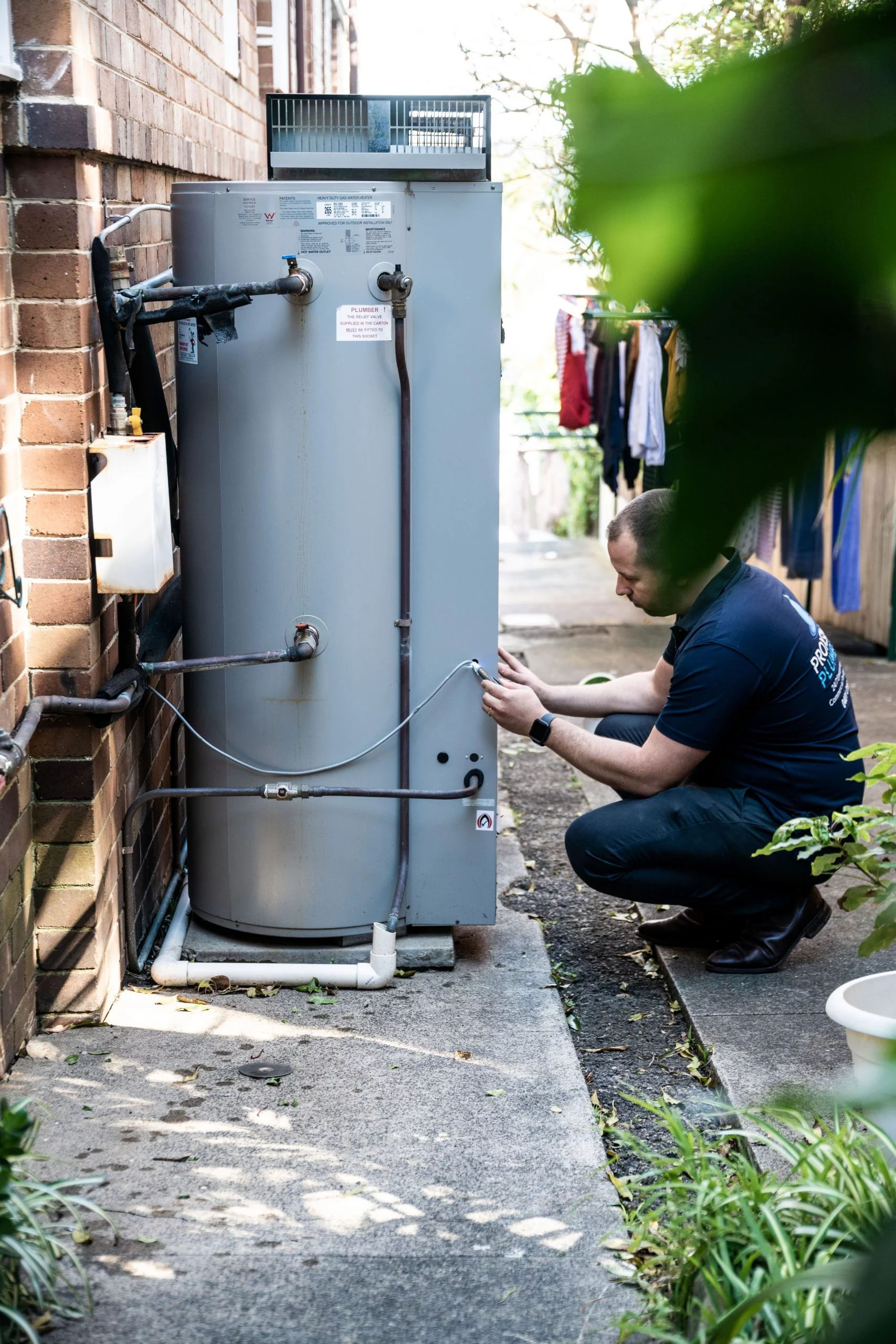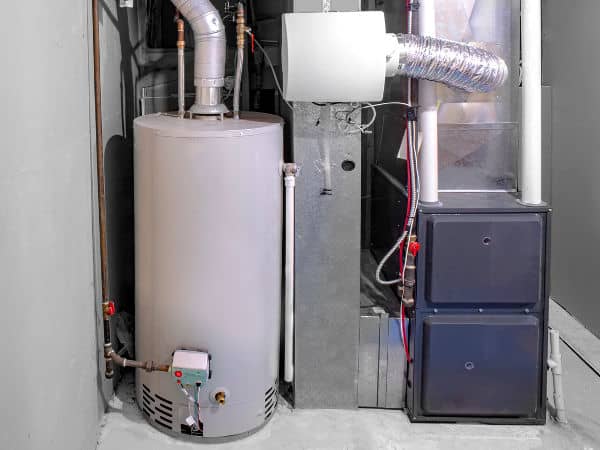Everyone will have their private piece of advice in relation to How to Maintain a Hot Water Heater in a Few Simple Steps.

Hot water is vital for day-to-day convenience, whether it's for a revitalizing shower or cleaning meals. To guarantee your hot water system runs successfully and lasts much longer, routine upkeep is essential. This write-up supplies practical ideas and insights on just how to maintain your home's warm water system to avoid interruptions and pricey repair work.
Intro
Preserving your home's warm water system might appear daunting, however with a few basic actions, you can ensure it operates efficiently for years to find. This overview covers everything from comprehending your warm water system to DIY upkeep pointers and knowing when to employ professional assistance.
Relevance of Preserving Your Warm Water System
Normal maintenance not only prolongs the life-span of your hot water system but likewise guarantees it runs efficiently. Overlooking upkeep can bring about decreased effectiveness, greater power costs, and even premature failure of the system.
Indications Your Warm Water System Demands Upkeep
Knowing when your hot water system needs interest can stop significant concerns. Look out for signs such as inconsistent water temperature, odd sounds from the heating system, or corroded water.
Understanding Your Hot Water System
Before diving into maintenance tasks, it's useful to comprehend the fundamental elements of your warm water system. Normally, this consists of the hot water heater itself, pipelines, anode poles, and temperature level controls.
Regular Monthly Maintenance Tasks
Routine regular monthly checks can assist catch minor issues before they escalate.
Flushing the Water Heater
Purging your hot water heater gets rid of debris accumulation, enhancing effectiveness and lengthening its life.
Monitoring and Changing Anode Rods
Anode poles stop rust inside the tank. Checking and replacing them when broken is important.
Examining and Changing Temperature Level Setups
Changing the temperature level settings makes certain optimum performance and safety.
Do It Yourself Tips for Maintenance
You can carry out several upkeep tasks yourself to keep your hot water system in top condition.
Checking for Leaks
Frequently check pipes and connections for leakages, as these can bring about water damage and greater bills.
Evaluating Pressure Relief Valves
Examining the stress relief valve guarantees it works appropriately and protects against excessive pressure accumulation.
Shielding Pipelines
Shielding warm water pipes decreases warmth loss and can conserve energy.
When to Call a Professional
While do it yourself upkeep is helpful, some issues call for expert competence.
Complicated Concerns Calling For Professional Assistance
Examples include significant leakages, electric problems, or if your water heater is continually underperforming.
Regular Professional Upkeep Perks
Professional upkeep can consist of extensive inspections, tune-ups, and making certain conformity with safety criteria.
Conclusion
Normal maintenance of your home's warm water system is vital for efficiency, long life, and expense financial savings. By following these pointers and understanding when to seek specialist help, you can make sure a trustworthy supply of hot water without unanticipated interruptions.
Water Heater Maintenance: The Basics
Maintaining your water heater will ensure it operates efficiently and has a longer lifespan. Neglecting regular maintenance can lead to costly repairs and an even bigger chunk of your savings if you have to replace it sooner than necessary. But there’s good news: Most water heater maintenance tasks are relatively simple and easy for homeowners with basic DIY skills.
Flush the Water Heater
Over time, sediment and minerals can build up in the tank, reducing its efficiency and potentially causing damage. To flush the tank, turn off the power or gas supply, attach a hose to the drain valve near the bottom and open the valve to drain the water until it runs clear. Ideally, flush the tank annually.
Replace the Anode Rod
The anode rod is a sacrificial metal rod that helps prevent corrosion inside the tank. Inspect and replace it every three to five years or per the manufacturer's recommendation. To replace the anode rod, turn off the power or gas supply, drain a few gallons of water from the tank, unscrew the old rod and replace it with a new one. If the anode rod is significantly corroded or covered in calcium buildup, it's a sign the water heater may need to be replaced soon.
Tune-Up
A yearly tune-up can help identify potential issues and ensure your water heater operates at peak efficiency. This typically involves checking the thermostat, burner assembly (for gas heaters) and any other components specified by the manufacturer. During a tune-up, the technician may also clean the burner and adjust the pilot light (for gas heaters) or examine the heating elements (for electric heaters).
How to Maintain Your Water Heater
- Insulate the tank. Insulating the tank can improve energy efficiency and reduce heat loss, saving you money on energy bills. You can purchase precut insulation blankets designed specifically for water heaters or use standard fiberglass insulation wrapped securely around the tank.
- Check the temperature. The recommended water temperature for most households is around 120 degrees Fahrenheit (49 degrees Celsius). Higher temperatures can increase energy costs and potentially cause scalding. Use a kitchen thermometer to check the temperature at the faucet nearest the water heater.
- Monitor water pressure. Excessive water pressure can strain the water heater and cause leaks or even tank failure. Install a pressure-reducing valve if necessary. The ideal water pressure range is between 60 and 70 PSI (pounds per square inch).
- Test the temperature and pressure (T&P) relief valve. The T&P relief valve is a safety feature that releases pressure if the tank gets too hot or the pressure builds up too high. Test it annually by lifting the lever and allowing a small amount of water to release. Replace the valve if it doesn't release water or reseal properly.
- Check for leaks. Regularly inspect the tank, pipes and fittings for leaks or corrosion. Deal with issues promptly to prevent further damage. Even a small leak can lead to significant water damage over time.
- Consider a tankless water heater. If your traditional tank-style water heater is nearing the end of its lifespan ( typically 10 years), consider replacing it with a tankless water heater. These units heat water on demand, reducing standby energy losses and potentially saving you money on your energy bills.
- Schedule professional maintenance. While homeowners can perform many water heater maintenance tasks, it's still a good idea to schedule professional maintenance every few years. A plumber or HVAC technician can thoroughly inspect the unit, identify potential issues and ensure it operates safely and efficiently.
https://www.homeserve.com/en-us/blog/home-improvement/hot-water-heater-maintanence/

As a devoted reader about Water Heater Maintenance Tips You Can't Afford to Forget, I figured sharing that excerpt was important. Kindly take the opportunity to share this blog if you enjoyed it. Thanks a lot for your time. Come back soon.
See Availability
Comments on “Steps to Prolong the Life of Your Home's Hot Water System Through MaintenanceEnsuring Durability of Your Home's Hot Water System: Care AdviceTips on How to Maintain Your Home's Hot Water System in Good Condition”